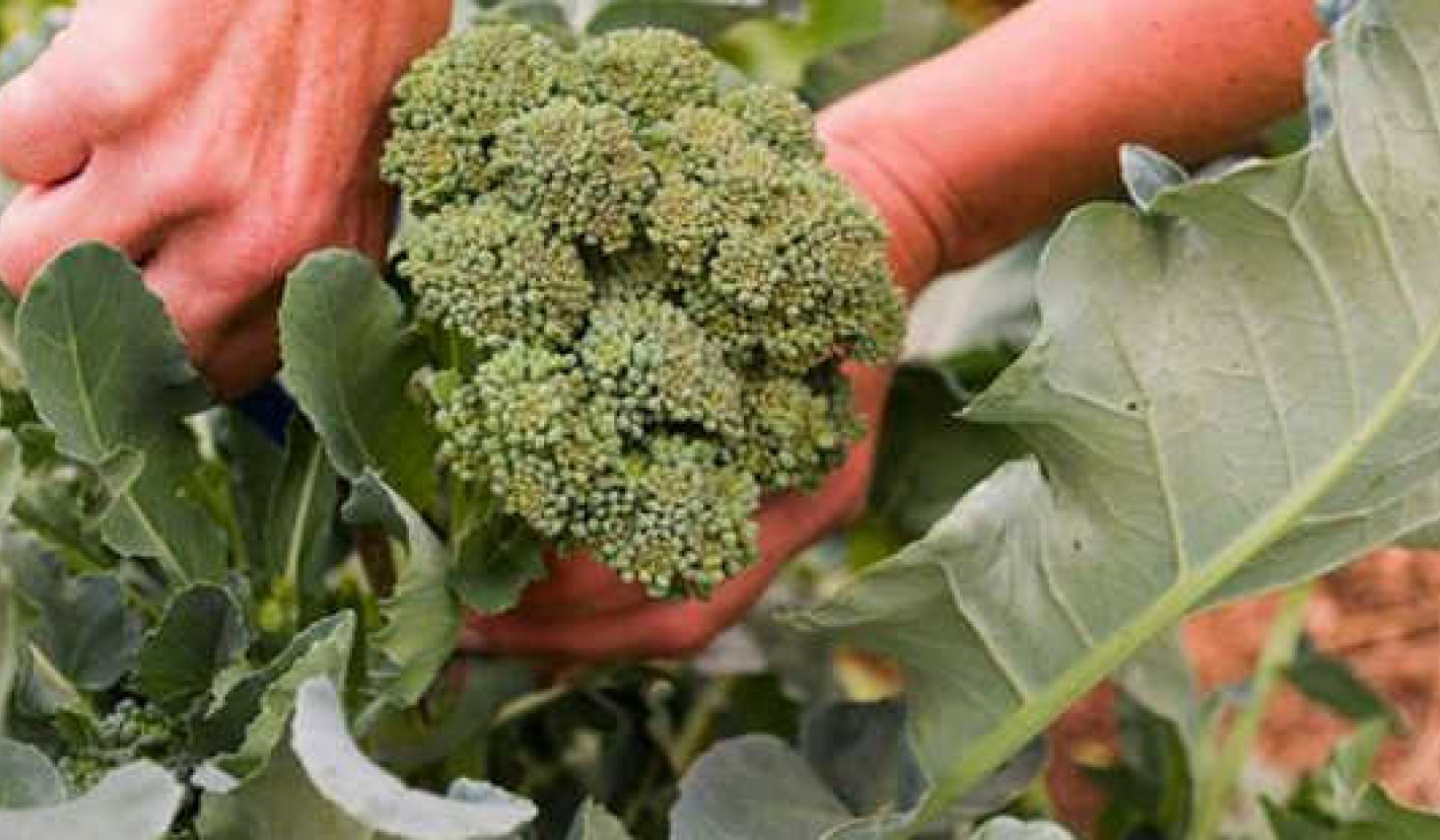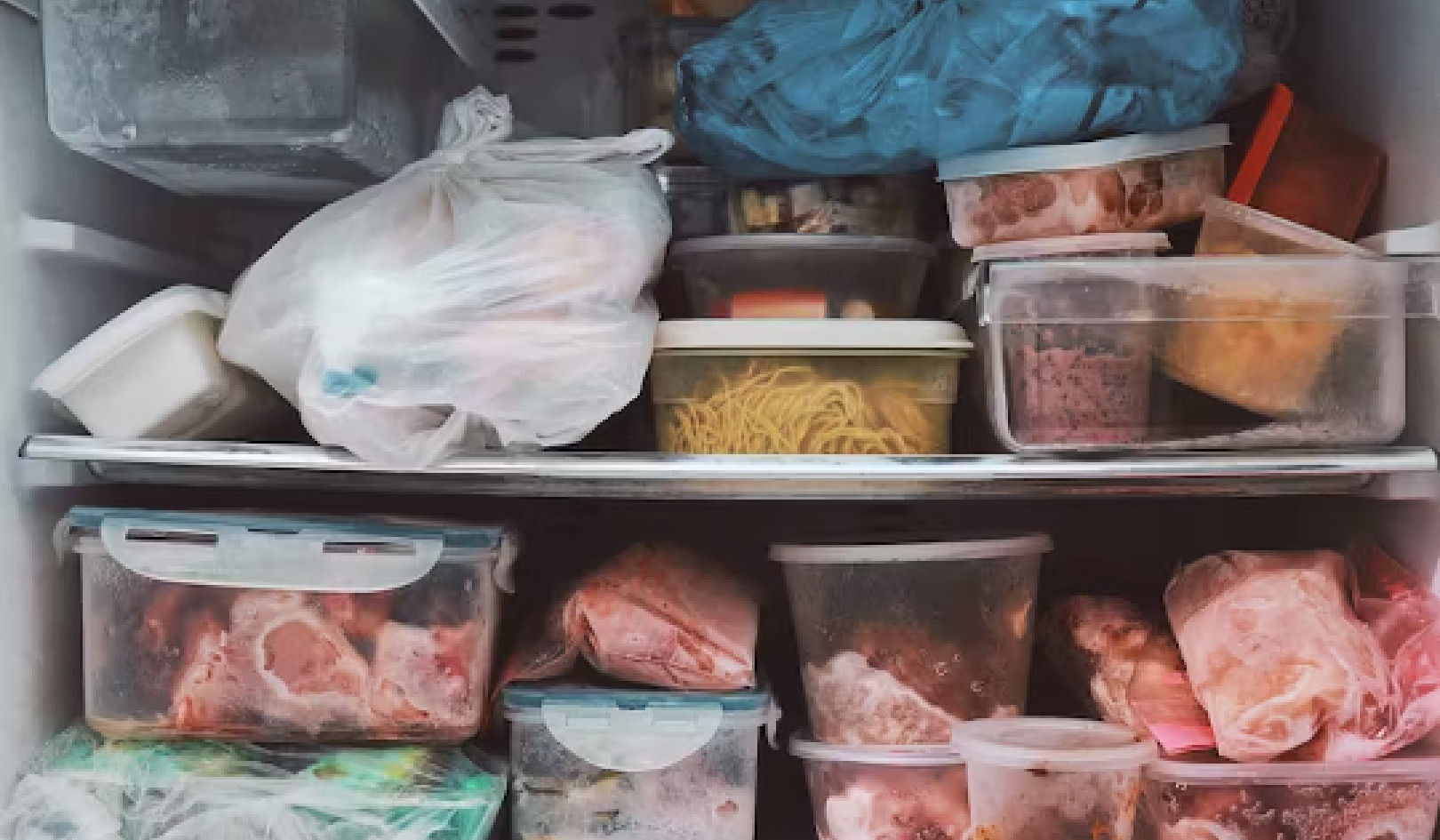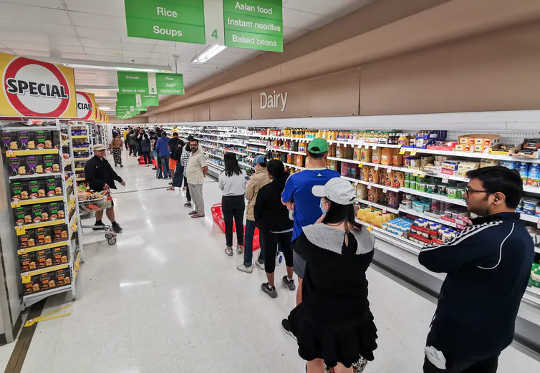
James Gourley/AAP Barbara Santich
Pasta. Rice. Tinned tomatoes. All staples that, prior to 2020, most of us never thought would be in short supply.
This year has taught us a lot, including about food and what it means to us. It’s also highlighted just how differently modern Australians behave in relation to food, especially when comparing our behaviour during the COVID-19 pandemic to past crises.
The Depression took place in a much more homogeneous Australia than today, where everyone enjoyed the same repertoire of standard dishes. Everyone made a Sunday roast and then made it last for the next few days.
As the COVID-19 pandemic hit Australia, we were forced to examine many of our social and cultural assumptions. When it comes to food, we are used to having anything we want at any hour of the day, in any season.
Our food choice has expanded exponentially in the past century. Our basic pantry of cooking essentials is more than double what is was 100 years ago.
So why did we hoard? Yes, probably out of panic, but also because we are so used to having plenty that we no longer have the skills to substitute nor, perhaps, the determination to just “make do”.
Where do we get our food?
2020 has also shown us how the way we eat relies on global, not local, systems. During the Spanish Flu pandemic and the Depression, almost all our food was grown, produced, processed and packaged in Australia.
Today, we are a net importer of seafood. We’re also a net importer of some canned products, such as pineapple. Yes, a lot of our food comes from New Zealand, but a significant percentage also comes from America and China, Thailand and Cambodia.
As we’re seeing now, a heavy reliance on imports doesn’t only affect us during a health crisis like COVID, when freight becomes an issue: the current trade challenges we are having with China also show us how geopolitics can affect a country’s food supply.
Sourdough — not for everyone
With the pandemic as our backdrop, several practices changed for us this year. As supply chains recalibrated (after that initial toilet paper panic) and we could mostly buy what we needed, we continued to cook or bake more – although this was nuanced by privilege.
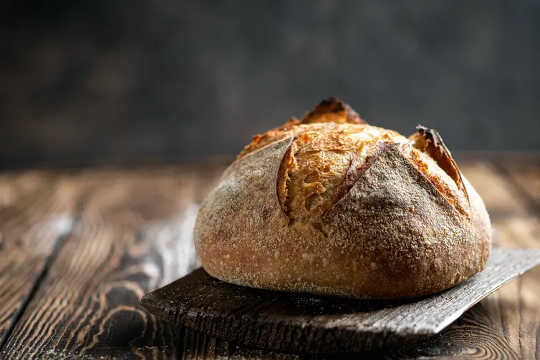
During the pandemic, pictures of homemade loaves have flooded social media feeds. www.shutterstock.com
Making bread at home is wonderful, but making sourdough bread (an exercise requiring patience, attention and time) was not an option for everyone.
It was those with the means, and the capacity to work at home — without too many caring and home schooling responsibilities — who could indulge in this gourmet foodstuff.
In 2020, this new connection to food was confined to a certain group of people, who might be described as having both cultural and gastronomic capital.
The case for greater self-sufficiency
Another positive longer-term shift for our food culture may come with the current (COVID-amplified) trend to relocate to regional and rural areas. Growing your own vegetables was encouraged during the Depression, and it’s far easier to do on a large rural block than a small urban one.
In the 1950s, home production was 46% of our total production of eggs. There has been a call for some time for more self-sufficiency in Australia. But we’ve also had policies where our most valuable seafood goes overseas because people there are willing to pay more for it than people here. We also export about 30% of our cherries.
This needs to change, but it comes down to all of us being prepared to pay more for our food. We are so used to buying based on the cheapest price – a habit the supermarkets have fostered. If we want to permanently become more self-sufficient, we have to get rid of this cheap food mentality and pay a proper price for our food.
How can we use food to stay connected at Christmas?
If there was ever a time to think about these issues, it’s now. As we sit down for a meal with friends and family over the holiday season, many of us will be looking for the experience of “commonsensality” — the shared connection made with others through food.
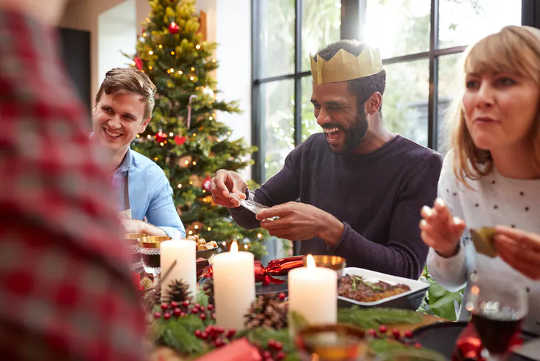
When we share special food, we can also share memories. www.shutterstock.com
Eating “together” can happen virtually — sitting in our respective locations enjoying the same meal, even if far apart. Dishes can inspire shared memories, as evidence of the connection that food gives us in good times and bad.
Maybe this is an old family recipe, or a traditional dish. Maybe it’s just prawns and mangoes.
Of all the things we want to leave behind in 2020, a better understanding of where our food comes from, and how it connects us, are changes worth keeping.
Barbara Santich also talks about how food connects us on the Seriously Social podcast by the Academy of the Social Sciences in Australia.
About the Author
Barbara Santich, Graduate Program in Food Studies
This article is republished from The Conversation under a Creative Commons license. Read the original article.
Nutrition books on from Amazon's Best Sellers list
"The Blue Zones Kitchen: 100 Recipes to Live to 100"
by Dan Buettner
In this book, author Dan Buettner shares recipes from the world's "Blue Zones," regions where people live the longest and healthiest lives. The recipes are based on whole, unprocessed foods and emphasize vegetables, legumes, and whole grains. The book also includes tips for following a plant-based diet and living a healthy lifestyle.
Click for more info or to order
"Medical Medium Cleanse to Heal: Healing Plans for Sufferers of Anxiety, Depression, Acne, Eczema, Lyme, Gut Problems, Brain Fog, Weight Issues, Migraines, Bloating, Vertigo, Psoriasis, Cys"
by Anthony William
In this book, author Anthony William offers a comprehensive guide to cleansing and healing the body through nutrition. He provides evidence-based recommendations for foods to include and avoid, as well as meal plans and recipes to support the cleanse. The book also includes information on how to address specific health concerns through nutrition.
Click for more info or to order
"The Forks Over Knives Plan: How to Transition to the Life-Saving, Whole-Food, Plant-Based Diet"
by Alona Pulde and Matthew Lederman
In this book, authors Alona Pulde and Matthew Lederman offer a step-by-step guide to transitioning to a whole-food, plant-based diet. They provide evidence-based recommendations for nutrition, along with practical advice for shopping, meal planning, and preparation. The book also includes recipes and meal plans to support the transition.
Click for more info or to order
"The Plant Paradox: The Hidden Dangers in 'Healthy' Foods That Cause Disease and Weight Gain"
by Dr. Steven R. Gundry
In this book, Dr. Steven R. Gundry provides a controversial perspective on nutrition, arguing that many so-called "healthy" foods can actually be harmful to the body. He provides evidence-based recommendations for optimizing nutrition and avoiding these hidden dangers. The book also includes recipes and meal plans to help readers implement the Plant Paradox program.
Click for more info or to order
"The Whole30: The 30-Day Guide to Total Health and Food Freedom"
by Melissa Hartwig Urban and Dallas Hartwig
In this book, authors Melissa Hartwig Urban and Dallas Hartwig offer a comprehensive guide to the Whole30 program, a 30-day nutrition plan designed to promote health and wellness. The book provides information on the science behind the program, as well as practical advice for shopping, meal planning, and preparation. The book also includes recipes and meal plans to support the program.




















